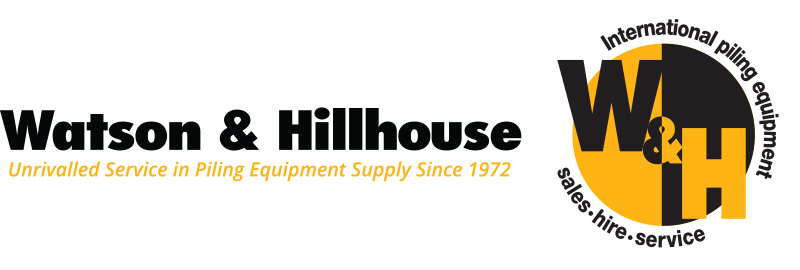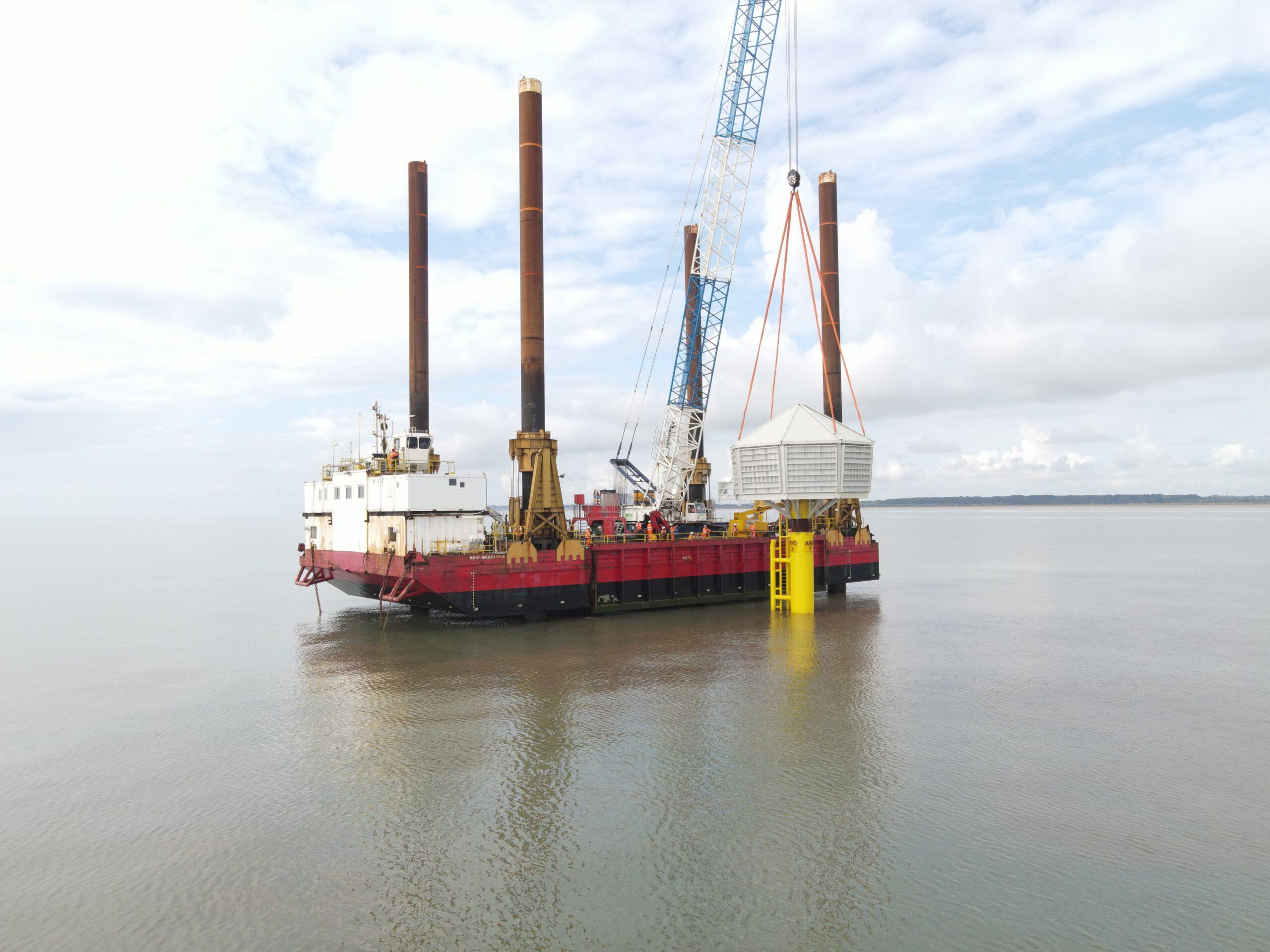Watson & Hillhouse provided a PVE 40VM vibratory hammer to our client Red7Marine to install piles for three nearshore artificial nesting structures along the East Coast of England. Two of these are located 1km from the shore of South Beach, Lowestoft and the third 1.4km from the shoreline of RSPB Minsmere Nature Reserve. The nesting boxes were part of an ecological compensation measure for the Hornsea Offshore Windfarm, East Anglia, for the protection of black-legged kittiwakes.
Each structure had a monopile foundation weighing more than 30 tonnes. This was embedded 30 metres below the seabed. The monopile was lifted from Red7Marine’s jack-up-barge using the vibratory hammer to install the pile to tolerance.
Each nesting box has approximately 500 nesting spaces and have been designed to replicate the cliffs where they would naturally nest and will provide an opportunity to monitor the birds. This will include counting the number of birds, occupied nests and the number of fledglings. The structures are hoped to support/protect the black-legged kittiwakes whilst enabling cleaner, greener electricity to be generated at the Hornsea Offshore Windfarm, East Anglia.

